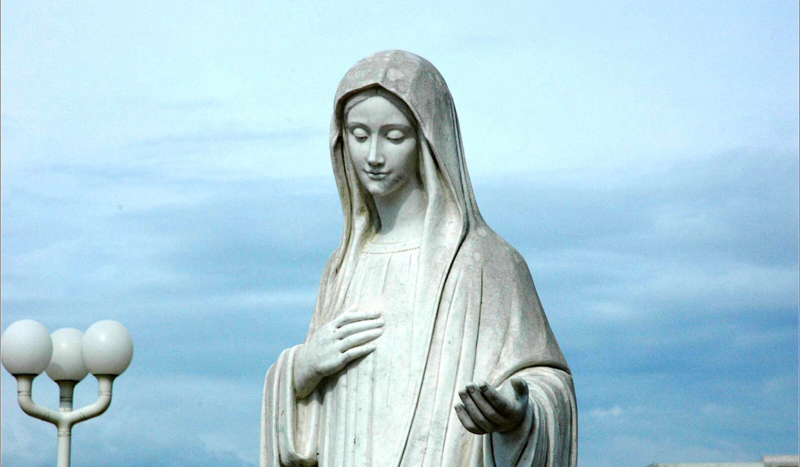
János Korom / Wikimedia Commons
CV NEWS FEED // In September 2024, the late Holy Father Pope Francis signed a document authorizing public acts of devotion to Our Lady Queen of Peace that started in Medjugorje without declaring the related alleged Marian apparition to be of supernatural origin.
In this way, Pope Francis made a historic decision that would save the significant spiritual fruits of the small Marian town nestled in Bosnia and Herzegovina, in the heart of the Balkan mountains, without delving into the controversies related to never-ending alleged Marian “revelations.”
“The time has come to conclude a long and complex history that has surrounded the spiritual phenomena of Medjugorje,” the Sept. 19 note signed by the Holy Father read. “It is a history in which bishops, theologians, commissions, and analysts have expressed a series of divergent opinions.”
The late pontiff’s note, which was written by Vatican officials Cardinal Victor Manuel Ferández and Msgr. Armando Matteo, is almost 10,000 words long and explored the fruits and complications of the alleged apparition and related messages.
The first alleged apparition occurred in 1981. At that time, six children in Medjugorje reportedly saw the Blessed Mother on a hilltop. According to an EWTN article, the apparitions allegedly continued almost daily for many years after, not only on the hilltop but also in other places where the visionaries happen to be. The primary message Our Lady reportedly gave to the visionaries was one of peace for the world, urging people to pray, fast, and convert.
But some of the other alleged messages posed cause for confusion or concern, which the Vatican acknowledged in its Sept. 19 note. A lengthy section was dedicated to necessary clarifications, marking the late Holy Father’s decision to account for both the impact the apparitions had on a large number of faithful and the Universal Church’s need for guidance amid the related controversies.
“The messages overall possess great value and express the constant teachings of the Gospel in different words,” the note reads. “However, a few messages stray from these positive and edifying contents and even seem to go so far as to contradict them. As a result, one should be attentive lest these few confused elements overshadow the beauty of the whole.”
In its conclusion, after reviewing a number of the more confusing or concerning messages, Pope Francis granted the Nihil obstat (no objection), which allows the faithful to prudently make public acts of devotion, although they are not required to. The signatories also discouraged pilgrims from meeting with the alleged visionaries, and instead advised focusing on encountering Jesus through Mary, the Queen of Peace.
The note adds that the evaluation of the many beautiful fruits of this alleged Marian apparition “does not imply that the alleged supernatural events are declared authentic. Instead, it only highlights that the Holy Spirit is acting fruitfully for the good of the faithful ‘in the midst’ of this spiritual phenomenon of Medjugorje.”
The Pope’s note extended an invitation to, but did not require, all the faithful to promote and appreciate the alleged Marian apparition’s pastoral value.
The note came several years after Pope Francis decided to walk a fine line by authorizing Catholic parishes and dioceses to make official pilgrimages to Medjugorje in 2019.
But along with the pilgrimage authorization, the interim director of the Vatican press office, Alessandro Gisotti, emphasized, at that time, that the pilgrimages should not be “interpreted as an authentication of well-known events, which still require examination by the church.”
Several years later, that examination concluded with the Holy Father’s signature on the note, which gave the faithful an official Vatican assessment to guide their own discernment, accompanied by the fundamental affirmation that devotion to Our Lady so as to more deeply be drawn to Christ, is good.

